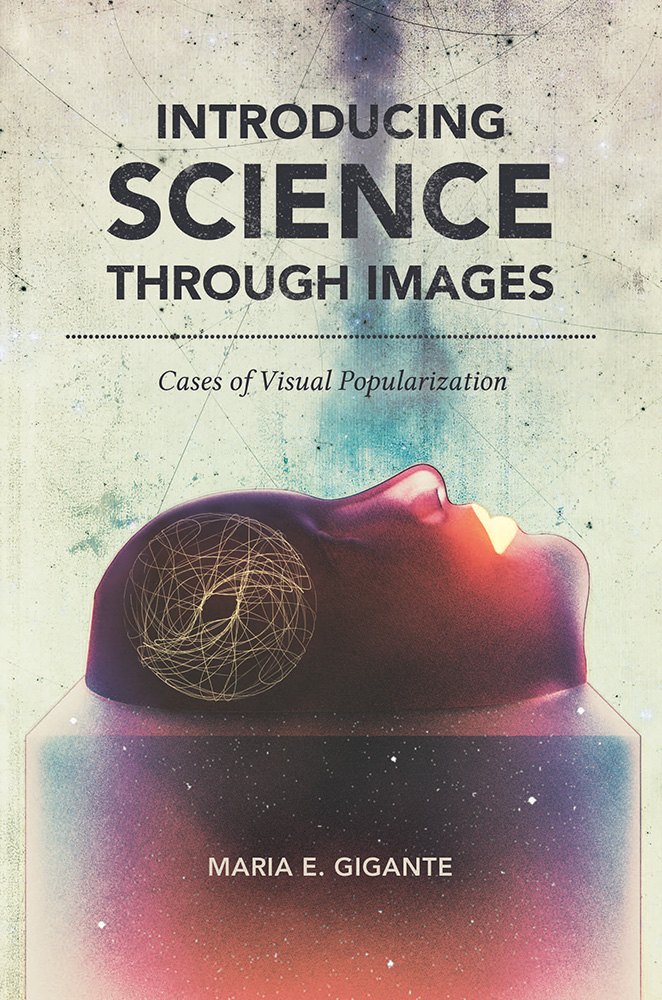
Size: 6 x 9
Pages: 160
Illustrations: 20 b&w halftones
Maria E. Gigante
The inclusion of this book in the Open Carolina collection is made possible by the generous funding of
"Using a longitudinal approach and a rich array of analytic tools, Gigante deeply interrogates the efficacy of portal images across multiple genres. The volume reflects a wealth of expertise about visual theory, set in a context of keen historical awareness. Gigante's study is itself a portal to the fascinating, complex world of contemporary visual theory."—Kathryn Northcut, Missouri University of Science and Technology
"Gigante's book represents a genuine step forward in our understanding of scientific images in the popular media. As a result of her efforts, you will never look at these images in the same way."—Alan G. Gross, professor emeritus of communication studies, University of Minnesota
"Using the concept of portal images, Gigante critically examines popular science images from early natural philosophy book frontispieces to modern day science-art competitions. Taking a visual rhetorical lens, Gigante demonstrates that these portal images too frequently mystify science and exclude publics. The book is an excellent example of why and how to pursue popular science visualization research."—Han Yu, author of Communicating Genetics: Visualizations and Representations
"In this very original and insightful book Maria Gigante examines the persuasive and epideictic power of 'portal images' in making scientific discoveries more accessible, engaging, and transparent to large public audiences. Sophisticated, original, and meticulously researched, this book makes a superb contribution both to the rhetoric of science and to visual rhetoric in professional communication—both of which are increasingly important areas of study in our field."—Charles Kostelnick, Iowa State University
"Gigante's book adeptly examines an oft-overlooked aspect of science communication and offers a rhetorical toolkit for critical analysis of images, their uses, and their effects. By developing an ethical code for popular science visualizations, this book offers readers a vocabulary for comprehending and discussing images, and a heuristic for developing visuals that more effectively reach their intended audiences and meet their communication goals."—Sarah Perrault, University of California, Davis
Copyright 2025
Website By Morweb.org